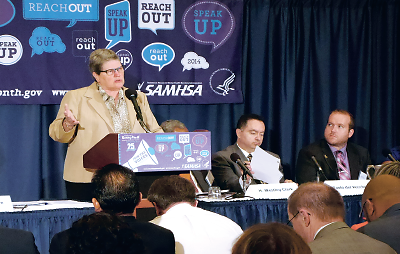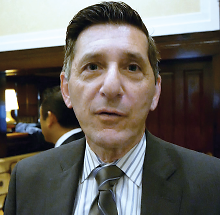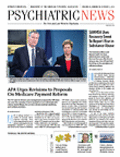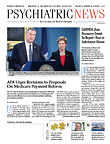Last month, the Substance Abuse and Mental Health Services Administration (SAMHSA) celebrated the 25th anniversary of National Recovery Month, an observance emphasizing that mental health services can enable those with a mental illness, including substance use disorders (SUDs), to live healthy and rewarding lives.
“[For] a quarter of a century we have been illuminating, defining, validating, and shaping a concept into a fact that people do recover from addiction and mental illness,” said SAMHSA Administrator Pamela Hyde, J.D., at a press conference at the National Press Club in Washington, D.C. “Understanding that treatment works . . . is a critical component. [Today] we acknowledge and celebrate that reality.”
As part of the event, SAMHSA released some of the data from its 2013 National Survey on Drug Use and Health (NSDUH). “An estimated 24.6 million Americans 12 years and older were current drug users,” Hyde reported, emphasizing that means more than 9 percent of the U.S. population of adolescents and adults acknowledged drug use at the time of the survey. Marijuana was the most commonly used illicit drug, with 19.8 million individuals saying they used it in the month prior to the survey. The next most common example of illicit drug use was nonmedical use of prescription pain relievers, used by 4.5 million individuals.
Alcohol use was estimated to be prevalent in about half (52.2 percent) of the U.S. population aged 12 and older, with 60.1 million individuals acknowledging that they engaged in binge drinking. SAMHSA reported that of the people who needed treatment for a substance use disorder or alcohol use disorder, only 11 percent received help for the problem.
“This proves that substance use in our country still poses a significant public-health risk,” said Michael Botticelli, acting director of the White House Office of National Drug Control Policy, who was a panel speaker. “We should keep in mind that the work to reduce substance use in America is not in vain . . . [and that] we have made significant progress.”
During an interview with Psychiatric News, Botticelli, who openly discusses his recovery from alcohol abuse over the past 25 years, said that by intensifying efforts to reduce stigma associated with mental health and substance use disorders, more people will be encouraged to access mental health care services. He told conference attendees that the time has come to rally for more community-based recovery support services and ensure that laws, policies, and practices do not continue to perpetuate barriers to recovery. “We need all your help to engage broader community stakeholders and policymakers at every level.”
According to the 2013 NSDUH report, drug use is up slightly from 2012. Hyde stated that the alarming rates of drug use in adolescents and adults, particularly marijuana use, may be a result of a growing perception that one particular drug may be less harmful than others, a finding reported by prior NSDUH studies. “Social norms have to change, or else we are going to keep meeting here every fall and sharing the same problem. Understanding that treatment works and prevention works are critical components. We will be watching [trends in drug and alcohol use] closely over the next few years.”
A full report of the 2013 NSDUH findings is scheduled to be released by the end of year, according to Hyde. ■
Available data from the 2013 National Survey on Drug Use and Health can be accessed
here.



